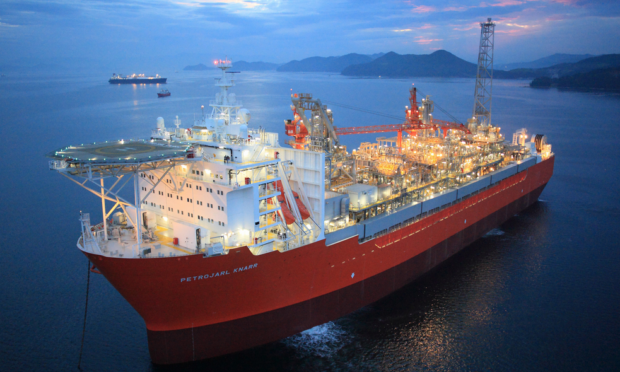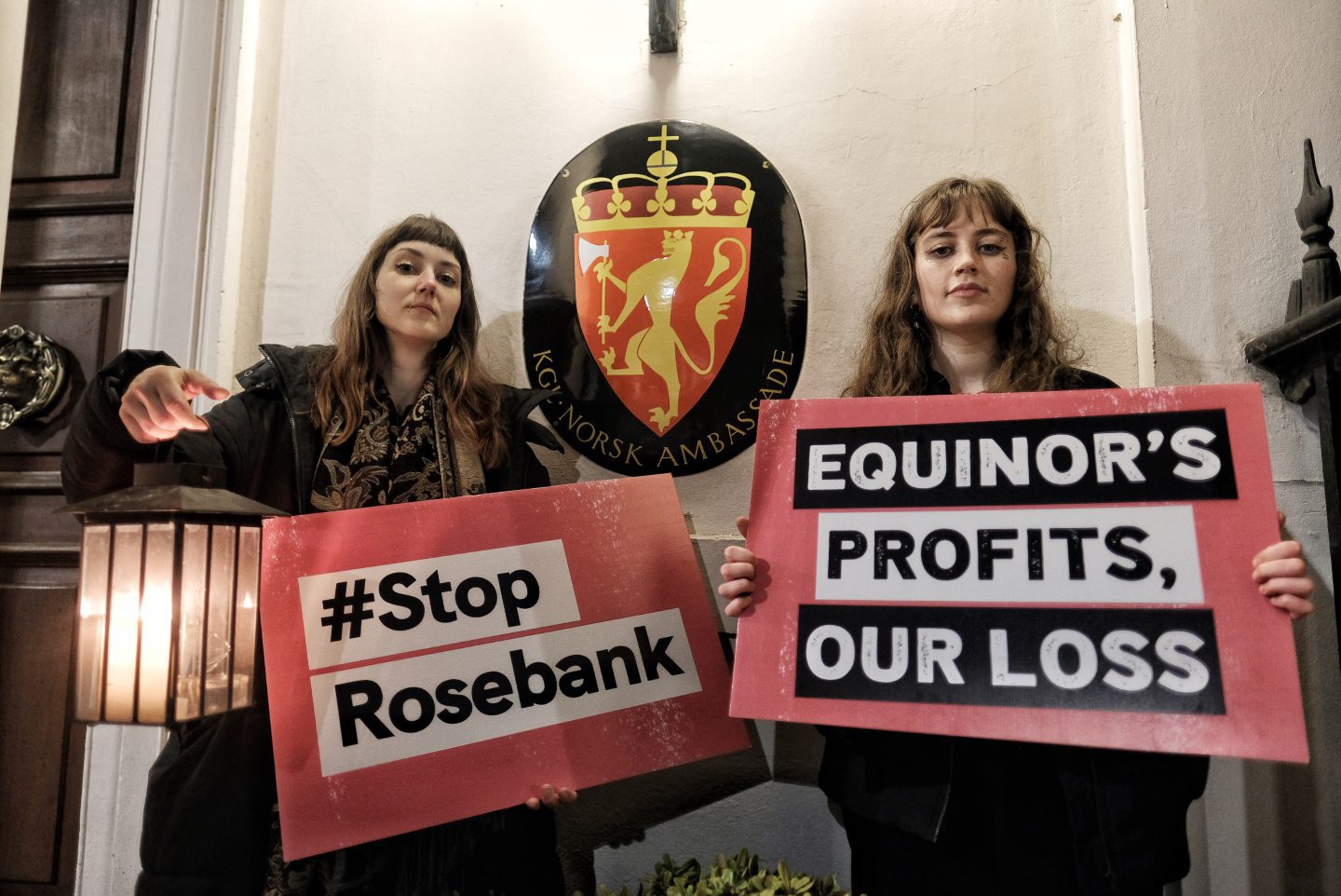Official approval for developing the giant Rosebank oilfield is expected within a fortnight.
According to Energy Voice, sister website to The Press and Journal, Equinor’s flagship west of Scotland project is getting close to a green light from both offshore regulators.
Rosebank is the largest untapped resource in UK waters.
But plans to develop the asset are a battleground for climate campaigners.
Projected to produce 300 million barrels of oil, the field is slated to achieve first production in 2027.
Going through the approval process
Approval needs to come from the UK’s two offshore development regulators, the Offshore Petroleum Regulator for Environment and Decommissioning (Opred) and North Sea Transition Authority (NSTA).
Opred first needs to approve and environmental statement that was submitted by Equinor. This needs to happen before NSTA considers the field development plan, and issues development and production consents. This will, in turn, allow Equinor and its partners to proceed to a key final investment decision.
In the case of Harbour Energy’s recent Talbot field sanction, the UK Government waited until both regulators had granted consents before making a public announcement.
Ithaca Energy confirmed earlier this month the approval process for Rosebank, in which it is a partner, was at the Opred stage.
Economic v climate impact
Equinor has said the development will see £8.1 billion of direct investment.
About £6.3bn of this is “likely to be invested in UK-based businesses“, the Norwegian firm added.
More than 1,600 jobs are expected to be involved at the peak of construction in Q2 2025, while an average of 450 are forecast across the life of the field.
Climate activists insist the UK doesn’t need Rosebank’s oil, most of which would likely be exported for the global market.
But industry leaders have pointed to the UK’s continued reliance on oil products and claimed high levels of exporting overseas are due to a lack of domestic refining capacity.
PM said “my daughter is climate champion in our house”. So what does she think of climate-wrecking #Rosebank oil field, & handing £3.75bn of taxpayer cash to oil giant @Equinor to develop it? Can he look her in the eye & say he's giving young people a liveable future?
My #PMQ 👇 pic.twitter.com/hTE6XEHDQe
— Caroline Lucas (@CarolineLucas) May 10, 2023
According to Equinor’s environmental statement, Rosebank will account for about 1.6% of the annual emissions of the UK offshore sector.
The intensity of emissions – how much CO2 is produced per barrel – will depend greatly on electrification of the floating production storage and offloading vessel (FSPO) lined up for Rosebank.
North Sea operators are trying to electrify their assets, replacing power typically supplied from gas-fired generators with clean electricity via cable from shore or a link to a wind farm, as part of their energy transition.
Equinor expects Rosebank to have “one of the lowest ever CO2 footprints” in UK waters and less than one-sixth of the industry’s average carbon emissions if the asset is electrified.
The operator has said it will invest says it will invest £80 million to make sure the FPSO can be converted, and it is hoped the project will unlock further electrification across the North Sea.
Equinor is eligible for a government subsidy, under windfall tax legislation, to deliver electrification.

